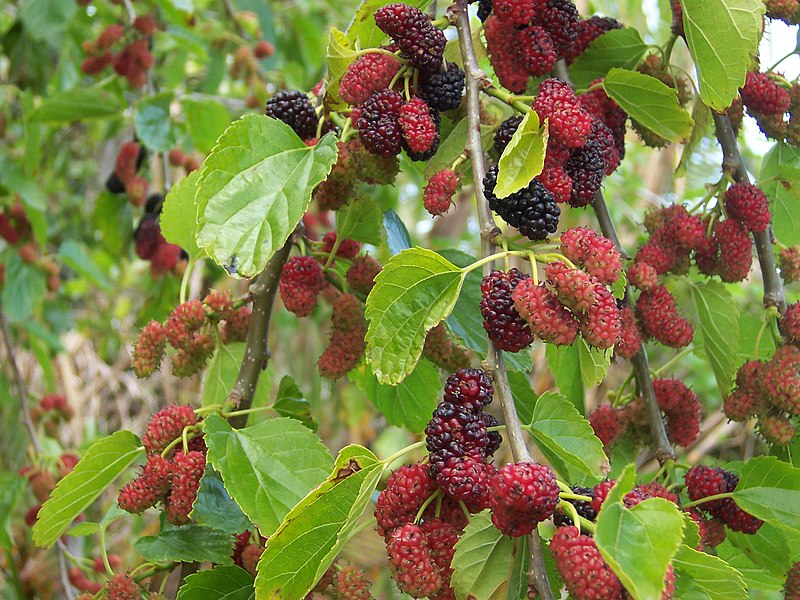I've been the proud owner of a Guild D-50 acoustic guitar since 1983. Before I purchased this beauty, I spent days, together with my friend Mo, frequenting the music stores of mid-town Manhattan and trying every guitar possible. We kept coming back to two Guild models: the D-40 and the D-50.
 |
| The ebony fret-board on my guitar |
Ebony cost roughly 10 times more than rosewood, so what characteristics does it have that made us forkout the extra funds for these guitars?
Ebony has a very has a fine grain and is much harder than rosewood. This difference in density is felt in the fingertips which feel as if they move faster between fingerings. Aside from the feel, ebony boards impart the guitar with a unique sound which the trained ear can pick up. It enables great sustain, and a crisp sound with percussive overtones. But I wouldn't recommend an ebony fret-board for a novice guitarist; rosewood is much more forgiving.
Rosewood boards also gives a richer, warm sound. This is partly because of the anatomy of the wood. Rosewood has larger pores than ebony, and these microscopic pores absorb overtones.
This is just one example of how wood, which basically old, dead and filled xylem tubes, the tubes that trees use to transport water, influences music.

















